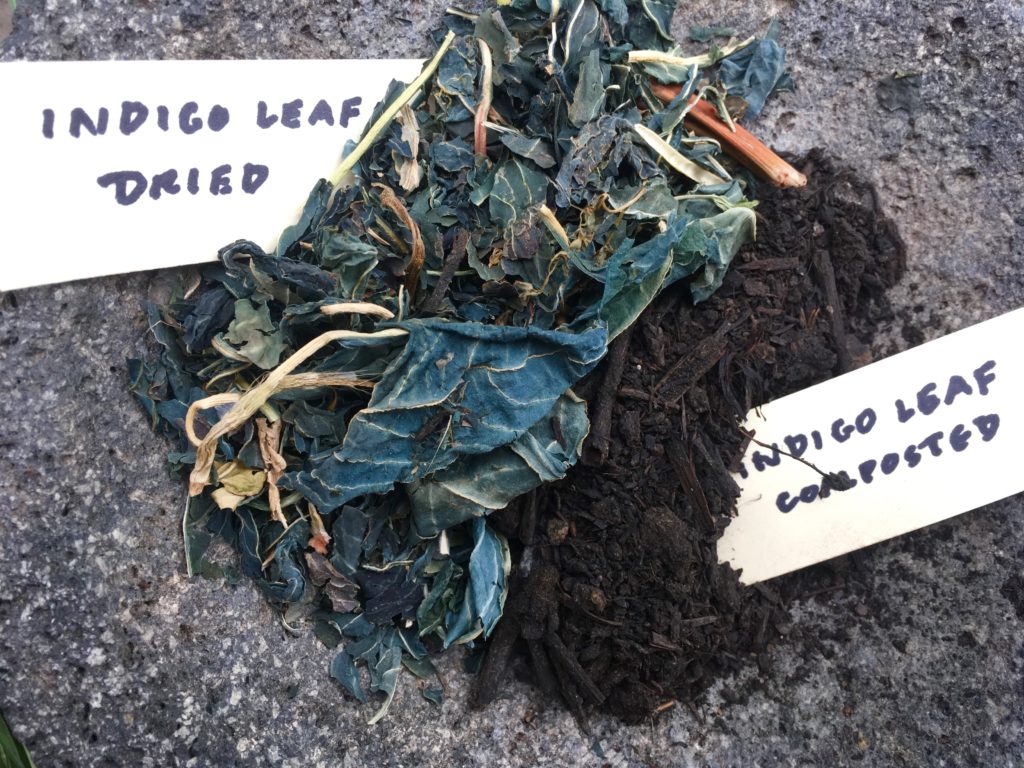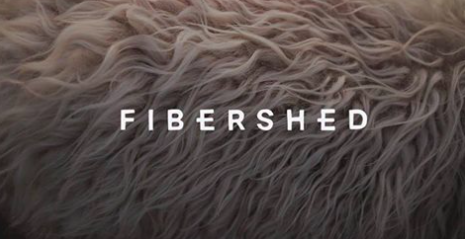The OAEC Nursery is a new member of Fibershed, a consortium of growers, ranchers, artisans, and retailers working to create a culturally, socially, economically and ecologically viable local textile industry. Fibershed encourages the revival of local fiber systems through research, education and expanding markets for regenerative textile manufacturing from soil-to-soil.
The OAEC Nursery is helping to fill a missing niche in our local textile system by offering dye plants that have been cherished for centuries by traditional textile artisans but that are now hard to find in the wake of industrialization and the introduction of synthetic chemical-based dyes.
Ready to grow your own jeans? We are especially excited to offer various kinds of Indigo, including Japanese Indigo, a variety that is well suited to our bioregion. As compost-philes, we were fascinated to learn that in order to make the indigo dye water soluble, it must be composted first! Read Fibershed’s PDF to learn more…

Here is a partial list of just some of these historically important dye plants that the nursery is offering this summer:
Dyer’s chamomile, Anthemis tinctoria, used to create a yellow color
Japenese Indigo, Persicaria tinctoriadoes, does exceptionally well in Northern California and is the best dye plant for creating a colorfast blue dye, annual, offered in 6-packs, just enough for several of your own dye vats
Chinese Woad, Isatis indigotica – distinctive blue dye, and unlike the more common Woad, Isatis tinctoria, originally native to the steppes and desert zones of the Caucasus, Central Asia and Western Asia (but is now invasive in southeastern and Central Europe and western North America), is NOT invasive
Blue Wild Indigo, Baptisia australis, a perennial native to much of central and eastern North America and particularly common in the Midwest, used to create a blue dye.
Desert False Indigo, Amorpha fruticosa, used for blue dye by native people
Weld, Reseda luteola, classic dye plant used to create a bright yellow
Dyer’s Madder, Rubia tinctorum, historically important for creating a deep red dye
Hopi Dye Sunflower, used by the Hopi people to make a dye for cotton, wool and basketry. Colors derived include maroon-red, deep maroon, dark purple, deep lavender, medium blue and black.






